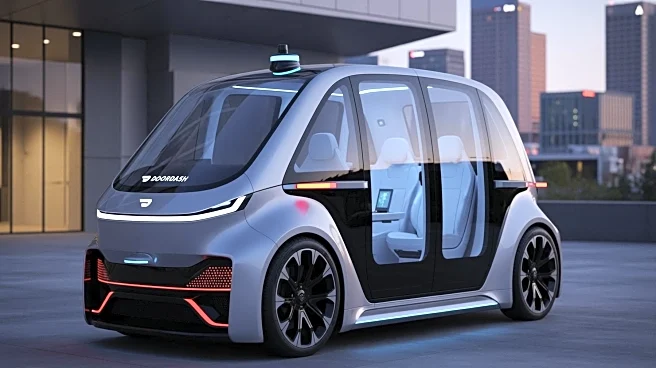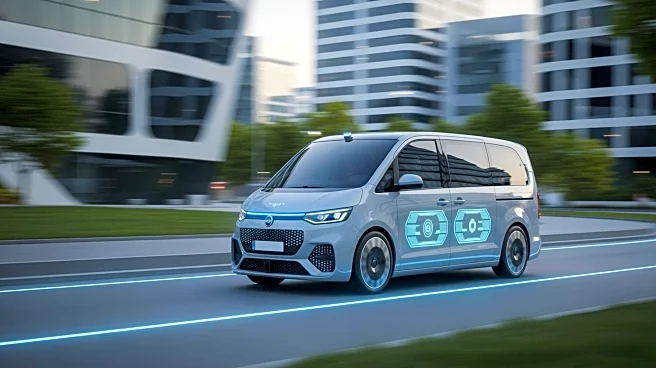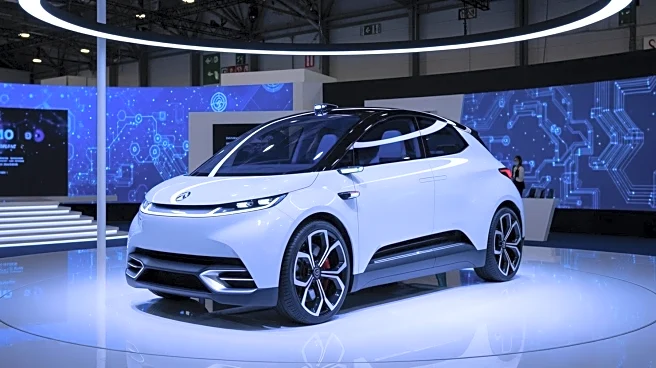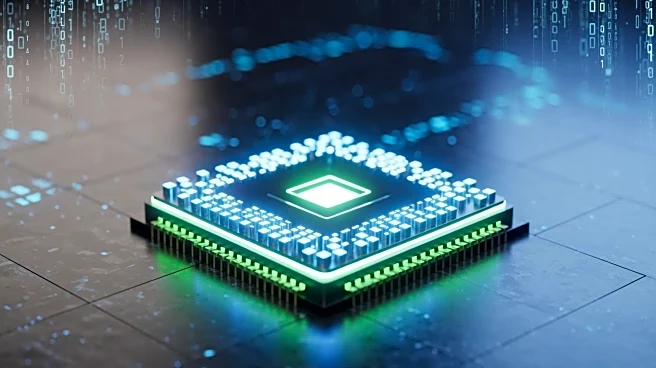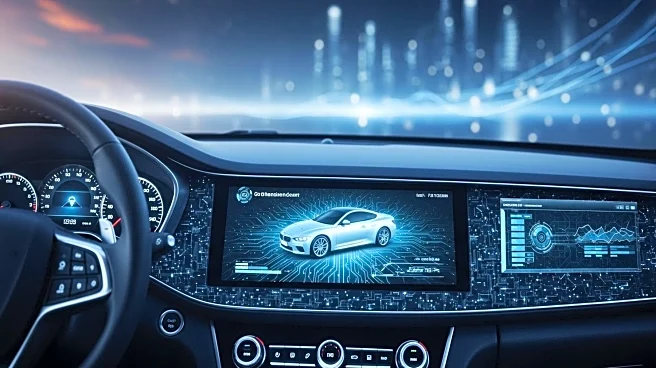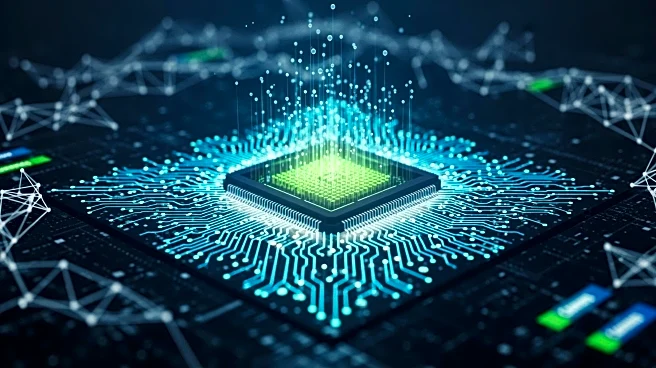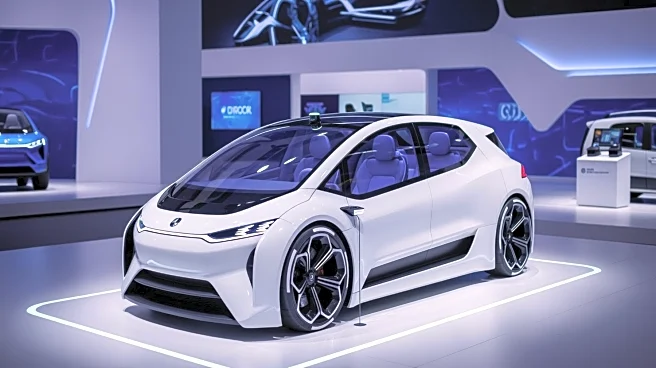What's Happening?
Infineon Technologies is intensifying its focus on software-defined vehicles (SDVs) by leveraging Marvell Technology's Ethernet assets. This collaboration aims to support the transition to zonal E/E architectures,
which facilitate the efficient transmission of large data volumes between vehicle components like microcontrollers, processors, and sensors. Ethernet-based networks are becoming crucial in managing the complexity and cabling challenges associated with modern vehicle architectures. The partnership underscores the growing importance of Ethernet as the backbone for connected and software-defined vehicles, enabling automakers to streamline data flow and enhance vehicle functionality.
Why It's Important?
The collaboration between Infineon and Marvell is significant for the automotive industry as it addresses the increasing demand for efficient data management in vehicles. As automakers shift towards more connected and autonomous vehicles, the need for robust data transmission systems becomes critical. This partnership could accelerate the adoption of SDVs, potentially leading to advancements in vehicle safety, performance, and user experience. Stakeholders in the automotive sector, including manufacturers and technology providers, stand to benefit from improved vehicle architectures that support innovative features and functionalities.
What's Next?
The partnership is expected to drive further innovation in the automotive industry, with potential developments in vehicle connectivity and automation. As the industry continues to evolve, stakeholders may anticipate new standards and technologies that enhance vehicle communication systems. Automakers might explore additional collaborations to integrate advanced technologies into their vehicles, while regulatory bodies could consider updates to standards governing vehicle data management and connectivity.
Beyond the Headlines
The shift towards software-defined vehicles represents a broader trend in the automotive industry, where digital technologies are increasingly integrated into vehicle design and functionality. This transition raises questions about data privacy, cybersecurity, and the ethical implications of autonomous driving technologies. As vehicles become more connected, ensuring the security and integrity of data transmission will be paramount, potentially leading to new regulations and industry standards.


